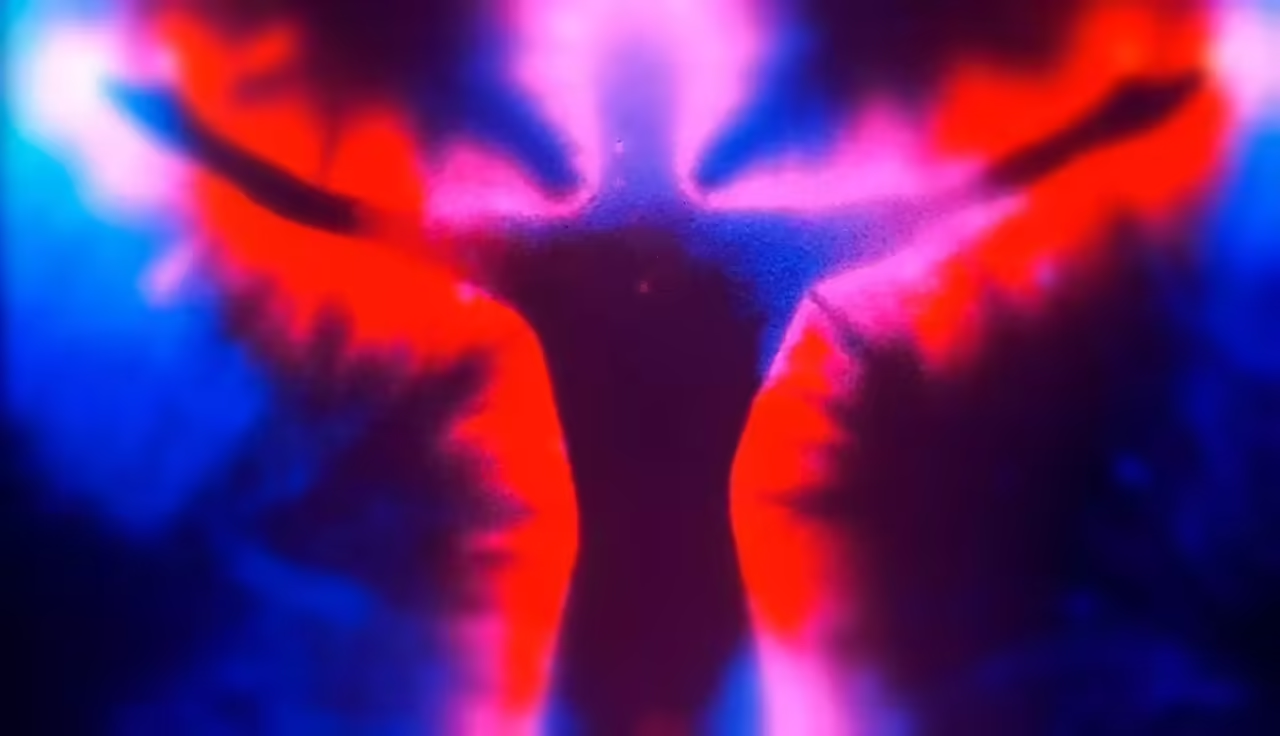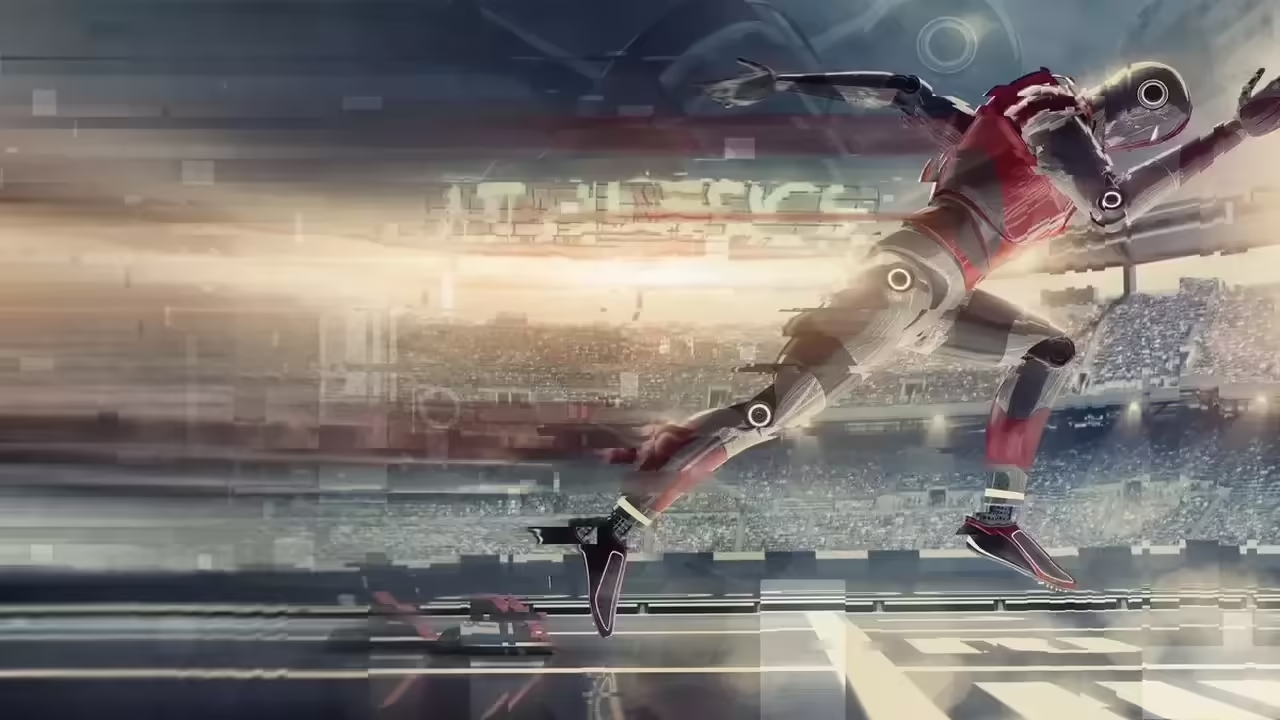
Belief in the spiritual phase of our existence is one of the characteristics of the human being that dates back to the dawn of time. In fact, the 20th century has been prodigal in scientific attempts to demonstrate the existence of this aspect.
Kirlian photography” is an example of this. Although today some of its supporters deny any connection with the soul and bet on its diagnostic capacity, they are also unable to explain the supposed relations that the image has with the physiology of the living being.
In 1939, the Soviet engineer Semyon Davidovich Kirlian, working in the city of Krasnodar, invented sophisticated equipment with which he intended to study nature. The equipment later received its name: “Kirlian camera”. In the last 60 years there has been much discussion about the interpretation of the photographs obtained, as well as the origin of the radiation captured.
Although the technique is not popularly known, its adherents number in the thousands worldwide: a famous Internet search engine reports the existence of more than 16,000 pages devoted to the subject.
The controversy about the “Kirlian technique” starts from its origin. In Brazil, it is claimed that the priest Landel de Moura had invented his “electrography camera” in 1904, basically similar to the Kirlian one, but the ecclesiastical authorities forced him to abandon the studies and divulgation of his discovery. The priest seems to have had a portentous imagination since, according to Porto Alegre, he would have patented the radio years before Marconi in the USA.
In any case, whoever its author was, the technique is as follows: the object under study (usually a living being, most of the time a human being) is subjected to high electric fields (30,000 Volts) with low current, varying it with a certain frequency for a certain period of time (100 to 200 seconds). The object then begins to emit a luminous discharge which is recorded by means of a photographic film.
What is the aura?
Basically, it is ionized air due to the high electric field. Note in the figures how the aura has a filamentary structure, with thin threads coming out of the object under study.
An essential characteristic of any Kirlian photograph, then, is that it be taken in a gaseous environment: when the photo is taken in vacuum chambers, the effect does not occur (thus ruling out any supernatural interpretation of the phenomenon).
Another requirement is the presence of humidity, a natural phenomenon generated in all living beings by transpiration. However, it is not necessary that the humidity comes from the object under study, it can also be placed expressly or certain types of oil can be used.
Interestingly, the photograph can be taken after removing the object from the plate on which it is normally supported. This is simply because moisture condenses on the plate forming the image of the object. Incredible as it may seem, laboratory experiments show that the photograph can be taken up to three days later.
Although Kirlian photography can be explained more or less simply, it still continues to fascinate many. It happens that the phenomenon is presented as a confirmation of some religious or mystical ideas. The aura would be a manifestation of the soul, our spiritual counterpart. Unfortunately for the credulous, the photograph does not actually record any ethereal body, but ionized air and humidity or water vapor.
Others, however, do not see in Kirlian photography a paranormal phenomenon but believe that the technique is useful for revealing the state, both physical and psychic, of a person. The first experience in this regard occurred by chance: an individual was photographed before and after receiving a fright and it was verified that both photos were different.
Again, the explanation is simple: the perspiration of our skin responds to our circumstantial mood (a phenomenon that lie detectors, for example, try to exploit); thus, both photographs must be different.
Kirlian technique, photographing the soul
Kirlianologists, however, claim to be able to diagnose all kinds of ills. The Brazilian “professor” Newton Milhomens claims that figure 1 illustrating this article corresponds to a person in a depressive state. With the same technique, he claims to be able to identify an egocentric person, someone with an inflammation or an intoxicated person. Milhomens does not believe that kirliangraphy – as some call it – is a picture of the spirit, but provides an exotic para-electromagnetic theory: he explains it as a new field of radiation made available by matter.
This is what in science is called an ad hoc hypothesis; that is, since we cannot explain the phenomenon through known science, we simply launch a new hypothesis and leave it to others to confirm it. Needless to say that such an artifice is not well regarded by science. It is true that it is sometimes employed, but only in a very speculative way and obviously it needs further confirmation.
Just a curious effect
So, if we do not know what an effluviogram – as kirliangraphy is also called – is all about, a fact recognized by its own supporters; how can we use it for any diagnosis? Once the paranormal hypothesis that kirliangraphy portrays the human soul has been discarded, what remains is just a curious effect, undoubtedly of great impact, but empty of useful information.
Kirlian photography does not seem to present major challenges to established science. There is no known use of the effect in any area of research, although Kirlianologists claim otherwise.
It is doubtful that the effect represents any potential for interest, since few scientists have been involved with it in the last 60 years. Its origin occurred at a time when physics went through a particularly phenomenological period.
At the end of the 19th century, researchers were discovering a series of phenomena that they could not explain: the spectrum of gaseous substances, cathode rays, equis, alpha, beta and gamma rays.
But along with this series of facts, which later got rational explanation, others could never be repeated in laboratories that were either never replicated by other laboratories or simply did not show themselves as distinct phenomena and, therefore, lost relevance.
Kirlian photography survived oblivion mainly because of the mystical aspect that some wanted to imbue it with. Sixty years after its birth, the few who still try to find a supernatural property, or those who pretend to give it a scientific status, take advantage of the gullible laymen.
Kirlianologists, however, claim to be able to diagnose all kinds of ills. Brazilian “professor” Newton Milhomens claims that with the same technique, he claims to be able to identify an egocentric, someone with an inflammation or an intoxicated person.
Milhomens does not believe that kirliangraphy – as some call it – is a picture of the spirit, but provides an exotic para-electromagnetic theory: he explains it as a new field of radiation made available by matter. This is what in science is called an ad hoc hypothesis; that is, since we cannot explain the phenomenon through known science, we simply launch a new hypothesis and leave it to others to confirm it.
Needless to say, such an artifice is not well regarded by science. It is true that it is sometimes employed, but only in a very speculative way and obviously it needs further confirmation.
The Kirlian camera adapted with today’s technology
The current technology of the Kirlian camera can be used in various applications. In alternative medicine and holistic therapy, the Kirlian camera can be used to measure the energy and balance of the chakras in the human body, aiding in the detection and treatment of disease.
In agriculture, the Kirlian camera can be used to measure the electromagnetic energy of plants, allowing farmers to adjust their crop and improve their productivity. It has also been used in materials analysis and in the detection of anomalies in electrical conductivity.
Another interesting application of Kirlian technology is in security. It has been demonstrated that the Kirlian camera can detect a person’s energy and aura, which could be used in the identification of individuals or in controlling access to buildings and sensitive areas.
In addition to these practical applications, the Kirlian camera has also sparked interest in the field of energy research and in understanding electromagnetic fields and their relationship to consciousness and spirituality.
Unknown facts about the Kirlian camera
The Kirlian camera does not capture the “aura” of living beings, as is often thought. In reality, what is captured is the electromagnetic energy emanating from objects and living beings.
Although it is called a “Kirlian camera”, it was not actually invented by Semyon Kirlian. The technique of Kirlian photography was first discovered by Czech engineer B.J. Korbel and was later developed and popularized by Semyon Kirlian.
The original Kirlian camera used a wet photographic plate and high electrical voltage to capture the images. However, the process was extremely dangerous and Kirlian died in 1978 in an accident involving his equipment.
Scientific studies have shown that the Kirlian camera cannot detect specific diseases in the human body, but can only measure the overall energy and balance of the body.
Although the Kirlian camera technology has been the subject of controversy and skepticism, some studies have shown that the electromagnetic energy captured by the camera may be related to the health and well-being of living beings.
The Kirlian camera has also been used in paranormal research and parapsychology, to study phenomena such as telepathy and extrasensory perception.
Today, the Kirlian camera is used in a variety of fields, from agriculture and security to alternative medicine and scientific research. Its ability to measure electromagnetic energy has opened up new opportunities for understanding and exploring the world around us.
Although the technique of Kirlian photography was developed in the 1930s, it was not until the 1970s that it became popular in the West. In 1975, a couple of Kirlian photography enthusiasts published a book called “Kirlian Photography: A New Diagnostic and Therapeutic Technique”, which aroused the interest of the public and alternative medicine practitioners.
The Kirlian camera has been used in research on subtle energy and human consciousness. Some researchers believe that the energy captured by the Kirlian camera may be related to the energy fields surrounding the human body, known as “chakras” in Ayurvedic medicine and yoga theory.
The Kirlian photography technique has also been used in materials research and in the detection of electrical anomalies in objects. It has been shown that the Kirlian camera can detect changes in the electrical conductivity of objects, which could be useful in detecting defects in materials.
Although the Kirlian camera has been used in alternative medicine and holistic therapy, its efficacy and usefulness remain a matter of debate. Some alternative medicine practitioners believe that the energy captured by the Kirlian camera can be used to detect and treat disease, while others see it as an unreliable diagnostic tool.
The Kirlian camera has inspired a number of works of art and photography. Some artists have used the Kirlian photography technique to capture the energy and beauty of nature, while others have used the technique as a way to explore the relationship between energy and human consciousness.







